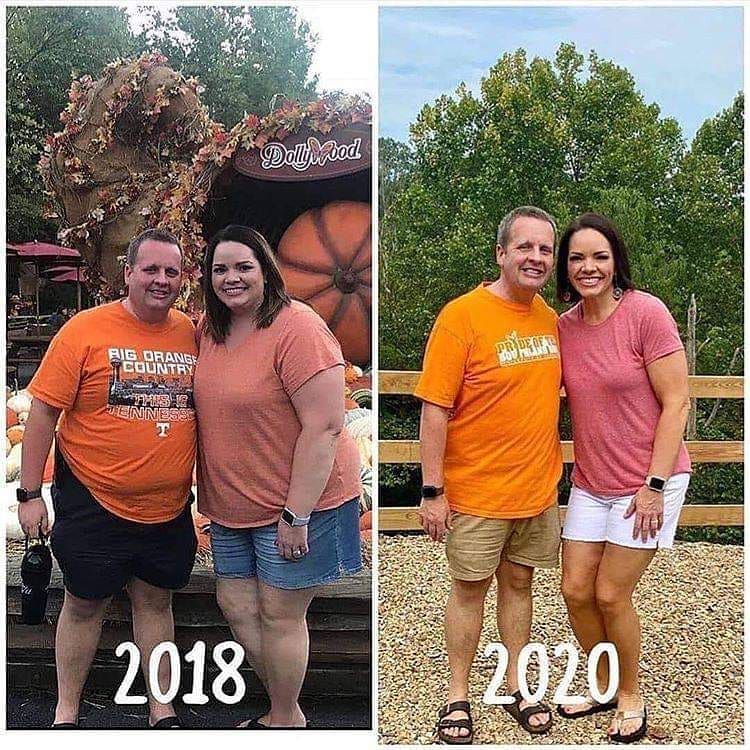7 Different Types of Ketogenic Diet You Should Know
A keto diet is generally considered to be a quick and fairly painless way to drop excess weight. It works by switching the body from using glucose-sugar from carbs as the fuel, to relying on saturated fats and body fat to create ‘ketones’, which supply an alternative energy source.
However, after some scientific research into the benefits of the keto diet, scientists have found that variations of this diet can be used as a treatment for various diseases and conditions.

- Luncheon meat
- 4 tbsp flaxseed meal
- 10 tbsp hot water
- 2 large eggs
- Some garlic powder
- Some salt
- 2 cups cabbage
Here are 7 different types of ketogenic diet for you to see which one may help you improve your health:
1. The Weight-Loss Keto Diet

The weight-loss keto diet suggests that users obtain 75% of their calories from fat, 20% from protein and just 5% from carbohydrates each day. And that translates to only eating about 20 – 30 grams of carbs a day.
It’s most useful for those wishing to speed-up slimming and who want to get other health benefits like fewer hunger pangs and better concentration. Eating high amounts of saturated fats may raise your cholesterol levels
2. Keto Diet for Serious Athletes

This is a diet intended to improve performance in elite athletes. In this version, you eat a standard keto diet, with the addition of 25 grams of carbs about 35 – 45 mins. before strenuous exercise. This provides sufficient glucose-sugar to fuel your short-term high-impact activity, but afterwards you can resume your state of producing ketones. Dieticians suggest white rice or white bread for this purpose.
You must ensure you don’t add these calories to your daily total; instead you just distribute them in a different way on workout days. The Journal of Sports Medicine published a study based on this system in 2019. They believed that the benefits of an athlete’s keto diet were restricted to short, vigorous and intense workouts. So it’s good for playing tennis for hours, swimming and running, but not for those who use the gym twice a week. You also need to be on the standard keto diet for about 8 weeks before you try this version.
3. Keto Diet for Body-Builders

The proportions for this version are 30% calories from protein, 65% calories from fat plus 5% carbs. Protein should be from dairy, fish and meat, as well as plant foods i.e. seeds and nuts. This diet uses protein to maintain muscle and is popular with body-builders and seniors who need to stop muscle-wasting.
And it’s also recommended for anyone showing symptoms of protein deficiency, which include thinning hair and muscle loss. This version is not recommended for anyone with kidney problems, as too much protein is damaging to kidney function.
4. 5:2 Keto-Cycling Diet

For people who struggle to go without carbs, the keto-cycling diet could be the answer. It’s easier to follow because you do a 5:2 cycle each week. And that means 5 days without eating many carbs, and then 2 days when you can eat any type of carbs. Don’t go mad and over-eat carbs on the 2 day period, as it will hold your body back from returning to a state of ketosis again.
This is not a way to start your keto diet, but a variation you can try after your body has become used to a standard keto diet. It’s important to know that keto cycling affects the amount of body water you have, making it go up and down. And it’s not suitable for anyone with a heart problem. Dizziness is also a possible side-effect, which can in itself be quite dangerous.
5. Keto Diet for Epilepsy
The proportions in this diet are 90% calories from fat, 6% protein and a very low 4% derived from carbs. This is also known as strict keto and the ‘therapeutic keto diet’, and it can be useful as therapy for epilepsy. This diet was first used in the 1920’s to help treat seizures in children and adults, especially those who didn’t respond to medical drugs. Practical Neurology published a study in 2016, which found that a 12-month stint of this strict keto diet gave significant improvement for 44% of participants.
In addition, 12% stopped having any seizures. So that’s quite a positive result and worth discussing with your specialist. Side effects include developing low blood sugar, high cholesterol and kidney stones. The risks also include weight loss, anorexia, growth issues and constipation amongst children. This may be owed to the low quantity of protein in this diet.
6. Heart-healthy Mediterranean Keto Diet

This is a good mix of the healthy Mediterranean diet and standard keto. The Mediterranean diet includes plenty of unsaturated fats, from fish and olive oil. And this changes the quality of the fats you eat from saturated fats, which are often considered to be harmful to the body, to healthy unsaturated fats, which the body needs.
This diet may reduce levels of harmful cholesterol and the omega-3 oils in fish and olive oil are known to be anti-inflammatory agents. It’s great for anyone who likes salmon and sardines and favors the benefits of unprocessed, natural foods with high nutritional value. This version of the keto diet is considered to be one with the least health risks.
7. Lower-Fat Keto 2.0

The most recent variation is known as Keto 2.0 and it’s gaining popularity with people who can’t manage to stick to the standard Keto diet long-term. In this version, the quantity of fat is reduced and carbs and protein are increased. This allows you to cook a wider range of fruits, beans, whole grains and vegetables for a more interesting cuisine. And sea-food, plus lean meats are included, too.
The equation for Keto 2.0 is 50% fat, 30% protein with 20% carbs. It’s intended to aid weight loss in the long term, as a diet you follow for life and strictly speaking it isn’t a true Keto diet. You won’t reach ketosis, but medics consider it a good moderate-carb diet to help those who need to stop eating excessive carbs.
Consult your doctor
This article is intended as a general guide to ketogenic diets and should not be viewed as medical advice. Always discuss special diets with your doctor before starting a new slimming or therapeutic regime.
